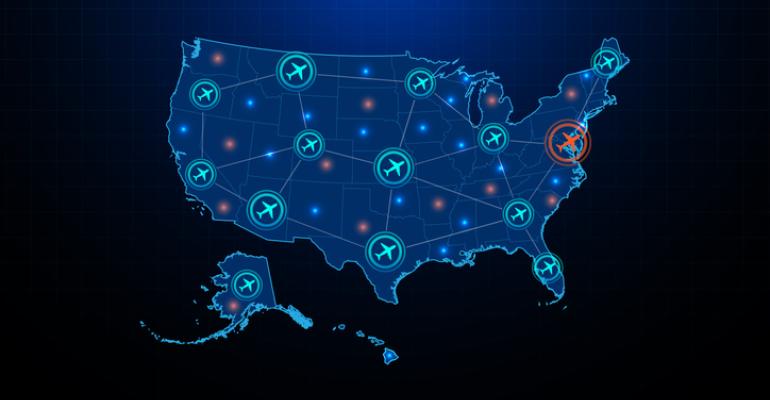Here an interesting statistic: On an average day, the big three U.S. airlines—American, Delta, and United—offer 11,800 total flights, according to airline-industry data firm Milanamos. But some days have more flights than others depending on demand. And right now, the leisure traveler is being catered to the most, the result of pent-up demand combined with the lagging rebound in transient business travel.
Because of this, there are now more flights on Friday, Saturday, and Sunday compared to 2019, while there are fewer flights on Monday, Tuesday, Wednesday, and Thursday versus 2019, according to analysis from airline consultancy Hospitio. This shift is unprecedented, as airlines have for decades built their schedules around peak days and times for corporate travelers.
With the biggest increase in daily flights between 2019 and 2022 happening on Saturdays and the biggest decrease in flights happening on Wednesdays, should planners look at moving some events off the traditional Sunday-to-Wednesday and Wednesday-to-Saturday patterns?
If so, there are a few things to consider: Sundays, Mondays, Wednesdays, and Fridays still have a higher-than-average number of flights versus other days of the week. This keeps the Sunday-to-Wednesday pattern attractive—but also brings into play a Monday-to-Friday or Wednesday-to-Friday meeting pattern that could make attendees’ travel easier on both ends.
On the flip side, here are two scenarios that presently seem unattractive: any meeting requiring a Thursday flight (as there are 800 fewer flights versus the average day) or a Saturday flight and hotel stay (as there are 700 fewer fights versus the average day, and Saturday-night room rates are far higher in 2022 versus 2019 due to leisure-travel demand).





